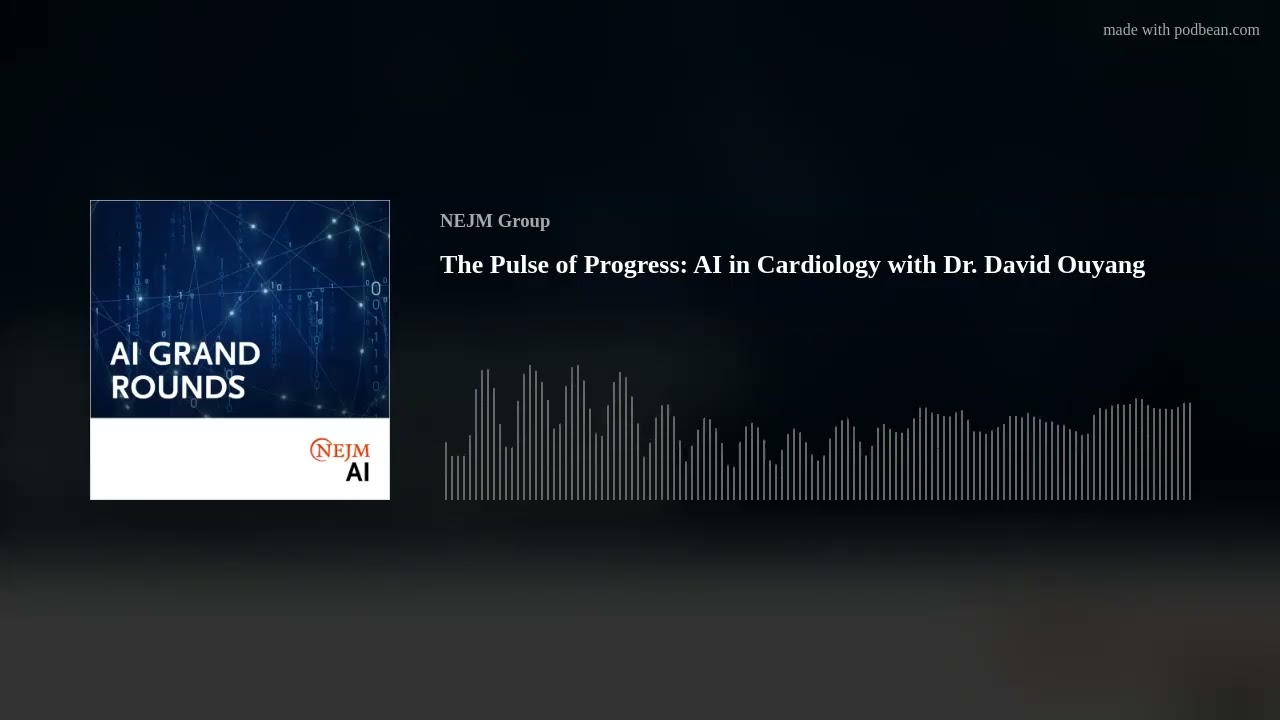The Cardiology Channel
NEW YORK (Reuters Health) – Drug eluting stents (DES) apparently deliver drug to downstream coronary vessels and reduce the rate new lesion formation therein, a Cleveland Clinic team reports in the October issue of the American Heart Journal.
“Our findings should encourage a clinical trial with advanced coronary imaging tools to further investigate the effects that DES have on atherosclerosis in downstream vessels,” the Ohio-based authors suggest.
Dr. Richard A. Krasuski and colleagues note that downstream drug delivery from a drug-eluting stent to a distal vessel has recently been demonstrated, but the effects of this have not been studied. They therefore prospectively collected angiographic images on 463 patients who underwent single stent implantation in a proximal coronary artery.
The likelihood of new lesion development in the downstream vessel was lower with implantation of a drug-eluting stent than a bare metal stent (relative risk 0.39; p
From the overall cohort, 89 patients receiving a DES were propensity matched to 89 patients given a bare metal stent. Among these pairs, the risk of downstream de novo lesions was also reduced with DES compared with bare metal stent implantation (RR 0.36; p=0.01), the report indicates.
Furthermore, the need for downstream interventions was reduced with DES-treated target vessels compared with the BMS target vessels for both the entire cohort (RR 0.45; p=0.01) and the propensity-matched cohort (RR 0.41; p=0.04), Dr. Krasuski and colleagues report.
“In summary,” they write, “we have demonstrated that patients who received a DES at initial coronary intervention had a significant reduction in the risk of new lesion development and were less likely to require a secondary intervention in the downstream target vessel by 12 months. Control vessels did not show any significant difference, suggesting a direct benefit provided by the DES.”
Reference:
Downstream coronary effects of drug-eluting stents
Am Heart J 2011;162:764-771.e1.






